Homemade Solutions
moonblooms
17 years ago
Related Stories
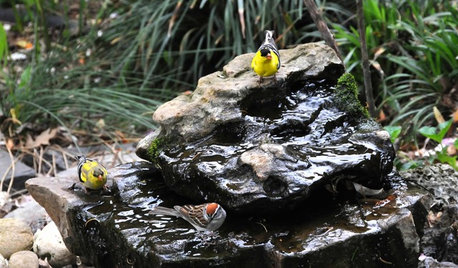
OUTDOOR PROJECTSBring In the Birds With a Homemade Bubble Rock
An avian expert from Southern Indiana shows how to make a burbling fountain that migrating birds will love
Full Story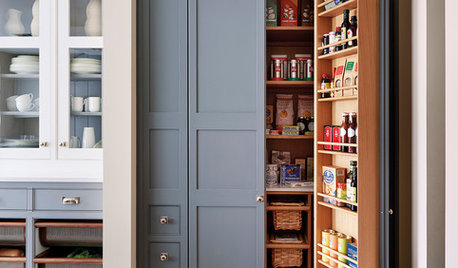
MOST POPULAR10 Storage Solutions for Kitchens With Character
A perfectly designed kitchen cabinet is a wonderful thing, but so are these clever alternative storage ideas
Full Story
LIFEHouzz Call: Show Us Your Nutty Home Fixes
If you've masterminded a solution — silly or ingenious — to a home issue, we want to know
Full Story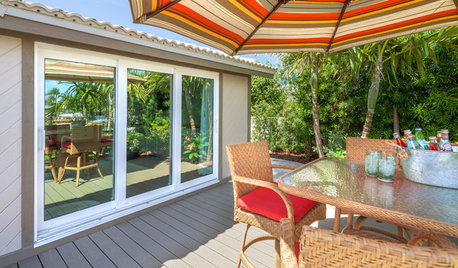
PATIOS6 Patio Cover Types to Shade You in Style
Protect yourself and your deck from the blazing sun with umbrellas, cloth, built structures — or nature's perfect shading solution
Full Story
HOUSEKEEPINGHow to Fix a Stinky Garbage Disposal
No plumber’s fee or even a trip to the hardware store is required with these easy solutions
Full Story
CONTAINER GARDENS7 Deer-Resistant Flowers for Your Summer Containers
Grow these as protection for edibles or just for their colorful beauty — deer might not like them, but everyone else will
Full Story
PETSSo You're Thinking About Getting a Dog
Prepare yourself for the realities of training, cost and the impact that lovable pooch might have on your house
Full Story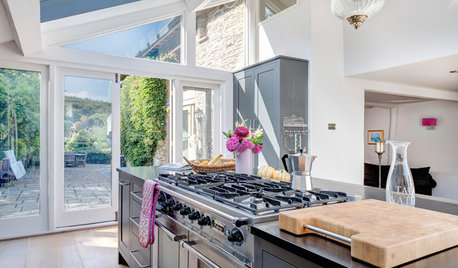
LIFESimple Pleasures: The Joy of Baking
Fill your house with a heavenly scent and your heart with cheer by making time to bake
Full Story
GARDENING GUIDES7 Fall Beauties for Mild-Climate Container Gardens
We're talking long-term relationship: These showy shrubs will bring color to your container garden autumn after autumn
Full Story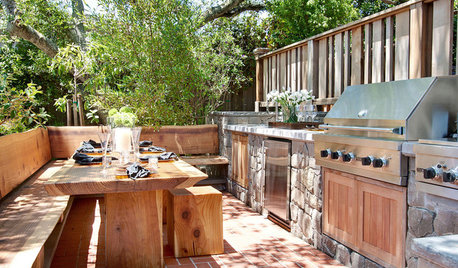
KITCHEN DESIGN10 Outdoor Kitchens to Flip Over
Whether you're flipping burgers on Memorial Day or kicking back while someone else cooks, these kitchens hit the spot
Full Story





flowerfarmer
Octogenarian
Related Professionals
Norfolk Landscape Architects & Landscape Designers · Washington Landscape Architects & Landscape Designers · Billerica Landscape Contractors · Berwyn Landscape Contractors · Bridgeview Landscape Contractors · Downey Landscape Contractors · Kahului Landscape Contractors · Marlborough Landscape Contractors · North Haven Landscape Contractors · Oxnard Landscape Contractors · Ramsey Landscape Contractors · South Portland Landscape Contractors · Thonotosassa Landscape Contractors · Whitehall Landscape Contractors · New Carrollton Landscape Contractorshoneybunny442
Jeanne_in_Idaho
flowerfarmer
Jeanne_in_Idaho
Noni Morrison
Miss EFF
Noni Morrison
Miss EFF
darkndistantgoth_gmail_com
moonbloomsOriginal Author
WmRVincent_aol_com
billvincent